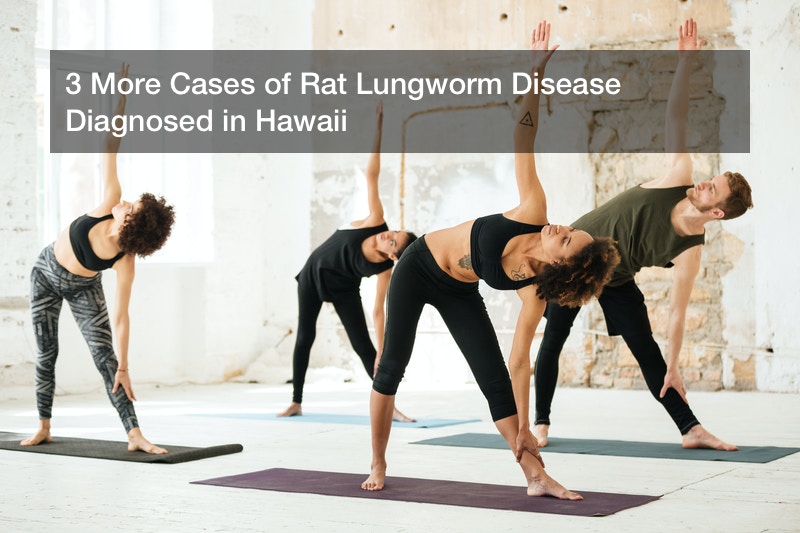Health problems are not uncommon in the United States. This is especially true with about 28% of Americans over the age of six being physically inactive. But there are some health problems that are more pressing than overs — and this is the case with the five people who have been diagnosed with rat lungworm disease in Hawaii this year.
Rat lungworm disease, formally called angiostrongyliasis, is caused by a parasitic infection. Usually, the disease is quite mild and can even go undetected. But some cases can cause effects on the brain and spinal cord. Common symptoms include stiffness in the neck and severe headaches while serious cases can result in long-term disability, immense pain, and even neurological problems. The CDC has recently confirmed three new cases of rat lungworm disease, making it a total of five cases for this year so far.
While Hawaii consists of several islands, including the 597 square miles of Oahu, all five cases have been diagnosed on Hawaii Island. Last year, Hawaii saw 10 cases of rat lungworm disease in total.
Fortunately, most cases of this illness only last two weeks to two months. But in some instances, an infection can mature in just one day in six weeks, meaning the level of sickness can vary greatly from patient to patient.
Heather Stockdale Walden, an assistant professor of parasitology at the University of Florida, explained in a statement to CNN that this disease has “been endemic in Hawaii for at least 50 years.”
The parasite that causes rat lungworm disease fully matures in rats — after the rat coughs up the parasites, they are then ingested and end up in the rat’s feces. Slugs and snails found in your average garden can then eat the rat feces, which then allows the parasite to continue to grow until it reaches a point of being able to cause infection.
Humans can then injest the parasite by eating fruits and vegetables that have tiny snails or slugs on them. The parasites themselves can also contaminate fruits and vegetables. One of the three recent patients diagnosed with the disease remembers “eating many homemade salads while on vacation” and another says they ate unwashed fruits and vegetables.
And according to the Department of Health, “One of the individuals visited East Hawaii in December 2018 and became infected by purposely eating a slug on a dare. The individual became ill in late December and was not hospitalized for their symptoms.”
Health officials are urging people to inspect and thoroughly wash fruits and vegetables, especially ones straight from the land, before they eat them. And if anyone believes they may be infected, they should see a doctor sooner rather than later.

